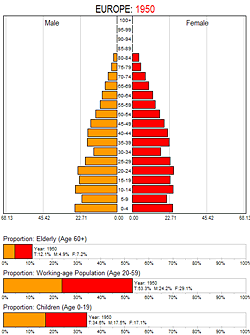 The European populations' response to:
The European populations' response to:  The European populations' response to:
The European populations' response to: In terms of wealth, population, and global reach the EU today is the most formidable association of neighboring countries stretching from the Baltic to the Aegean seas and from the North Atlantic to the Black Sea. A united Europe may be at the apex of its influence, despite rumors, media reports, and opinions to the contrary; now is not the twilight of European influences.
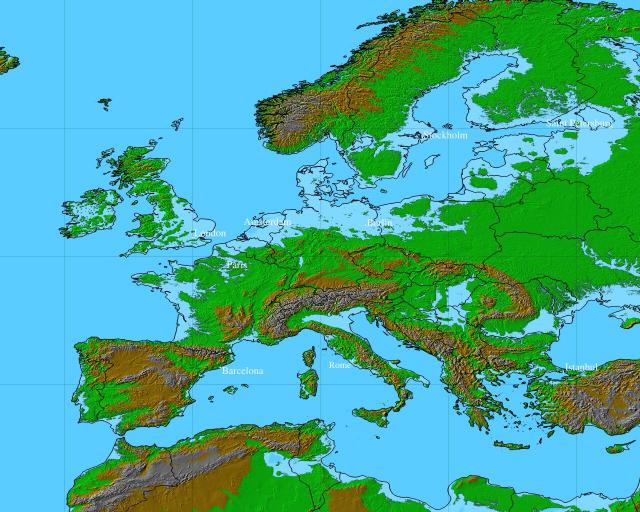
Mapping the extensive effects of sea level rise in Europe due to the melting of the Antarctic and Greenland ice.
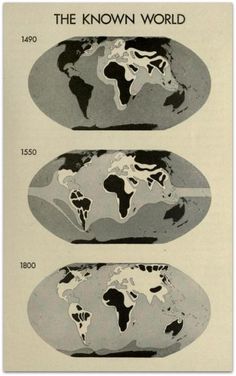
1200, Mongol invasion of Eurasia, overthrow of the Jin & Song Dynasties.
1300, The ending of the Middle Ages and the Black Death, Ming Dynasty (1368-1644).
1400, Chinese fleets of hundreds of ships sail throughout the Indo-Pacific Oceans.
1500, Spanish conquest of West Indies & Mexico; Portuguese conquest of East Indies.
1600, French victory & Unification of England, Scotland & Ireland into United Kingdom.
1700, Enlightenment, Industrial production of iron, cloth and mining.
1800, Century of Political Revolutions, Progress and Neo-Imperialism.
1900, The road to catastrophic war.
Population growth, access to resources, and changes in labor are usually suggested as causes for Europe's "awakening" in light of the powerful Ottoman, Arab, Mogul, and Chinese influences that were so prevalent, potent, and persuasive in the fourteenth and fifteenth centuries. Not to be overlooked is the European (Italian, Spanish, French and German) responses to the technological, mathematical, and geographical information that flooded into the Mediterranean city states from Asia after the Bubonic plague (1347-53) outbreaks subsided over time (by 1671).
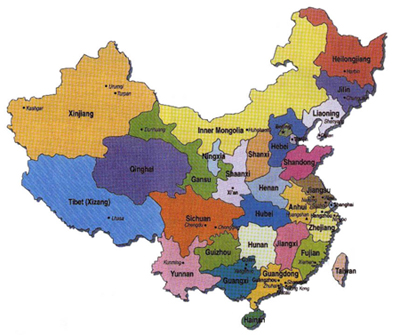 By contrast:
By contrast:In 1350 China's population was 60 million, though it had fallen from 110 million before the Mongol invasions.
By 1740 the population of China was 200 million over twice the entire population of Europe. In sixty years by 1800 the population rose to 300 million Chinese.

Eurasia, Africa and Australia in latitudinal perspective.
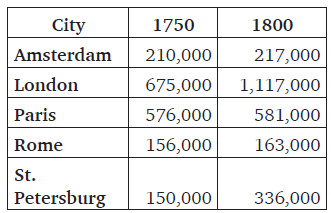
The migration to cities accelerated from the 17th to the 19th centuries.
Population increase in European nations during the Enlightenment from graphics published by St. Martins™ Press.
Dates | urbanization | largest nations | Asian contrast | Five leading nations 1550-1700 | 18th century population growth | Eurasia | The Great War
| Imperial flags |  |
 |
 |
 |
 |
 |
|
|---|---|---|---|---|---|---|---|
| Nations: | Great. Britain | France | Russia | Germany | Austria Hungary | Turkey | |
| 1 | Population | 46,407,037 | 39,601,509 | 167,000,000 | 65,000,000 | 49,882,231 | 21,373,900 |
| 2 | Soldiers | 711,000 | 3,500,000 | 4,423,000 | 8,500,000 | 3,000,000 | 360,000 |
| 3 | Value foreign trade (£) |
1,223,152,000 | 424,000,000 | 190,247,000 | 1,030,380,000 | 198,712,000 | 67,472,000 |
| 4 | Railway miles | 23,441 | 25,471 | 46,573 | 39,439 | 27,545 | 3,882 |
| Steel production | 6,903,000 | 4,333,000 | 4,416,000 | 17,024,000 | 2,642,000 | ||
| 5 | Merchant fleet (tons) |
11,530,000 | 1,098,000 | 486,914 | 3,096,000 | 559,784 | 66,878 |
5.1 |
Battleships |
64 | 28 | 16 | 40 | 16 | |
5.2 |
Cruisers |
121 | 34 | 14 | 57 | 12 | |
5.3 |
Submarines |
64 | 73 | 29 | 23 | 6 | |
| Blocs | Triple Entente | Central Powers Alliance | |||||
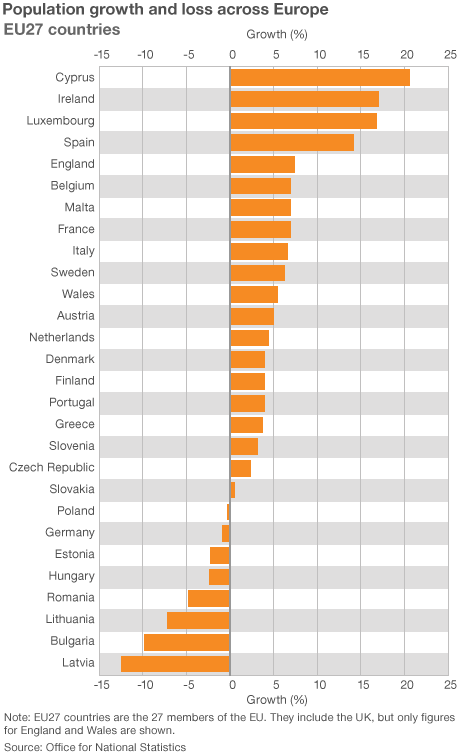
|
China | India | Caribbean | Climate Change Technology index |
||
 |
 |